Mental health challenges among children are not only increasingly prevalent but often go undetected. Early intervention is critical to prevent the long-term effects of depression, making it essential for parents, educators, and mental health professionals to be vigilant and informed. In this extensive guide, we detail the signs to look for, the contributing factors, and the collaborative steps to effectively manage childhood depression.
Introduction
The incidence of depression among children is a growing concern, with the World Health Organization reporting a significant rise in diagnoses over the last decade. Recognizing depression in children can be daunting, especially since they may not articulate their distress in the same way as adults. This guide aims to provide a comprehensive resource for those in a child’s circle to understand, detect, and address childhood depression.
Signs of Depression in Children
Understanding what depression looks like in children is the first step in early detection. Familiarizing yourself with the signs can aid in prompt intervention.
Behavioral Changes
One of the most noticeable tell-tale signs of depression in children is a significant change in behavior. This can manifest as:
- Social withdrawal
- Irritability or aggression
- Reduced interest in activities once enjoyed
- Changes in sleep patterns
- Appetite and weight changes
- Frequent complaints of physical ailments
- Increased risk-taking behavior
These behaviors, especially when clustered, may indicate an underlying mental health issue.
Emotional Cues
Children with depression may struggle to regulate their emotions. Look out for:
- Prolonged feelings of sadness or hopelessness
- Increased tearfulness or with general irritability
- A pervasive sense of worthlessness or guilt
- Anhedonia, the inability to feel pleasure from activities usually found enjoyable
- Noticeable changes in self-esteem
Understanding that these emotional cues can be symptoms rather than just the ebb and flow of normal childhood moodiness is critical.
Physical Symptoms
Depression can have physical manifestations that parents should not overlook. These may include:
- Headaches or stomachaches without a clear medical cause
- Fatigue and loss of energy
- Slowed physical movements and speech
- Disturbances in eating habits and weight
Recognizing that these symptoms may be rooted in a mental health issue is vital to a more comprehensive approach to well-being.
Risk Factors and Triggers
Being aware of the factors that put children at risk for depression can sharpen the focus on early detection.
Family History
A family history of depression or related mental health issues can increase a child’s susceptibility. Genetic predispositions, coupled with environmental stressors, can significantly raise the risk.
Trauma or Loss
Recent trauma or unresolved grief from a significant loss can precipitate depressive episodes in children. These experiences often require professional intervention to process and manage effectively.
Academic Stress
Academic pressures can also serve as triggers for depression in children. The expectation to excel, coupled with a growing need for social acceptance, can be overwhelming. Engaging in open conversations about these stressors can be highly beneficial.
Role of Parents
Parents are often the first line of defense against childhood depression. Their involvement in identifying potential issues is instrumental.
Observing and Communicating with Children
Being attuned to your child’s behavior and willing to engage in open, non-judgmental dialogue are potent tools for parents. Oftentimes, a parent’s instinct is the earliest detection system for childhood depression.
Seeking Professional Help
If you observe multiple signs that persist over time, it’s crucial to seek assistance from a pediatrician or a mental health professional. Early intervention can significantly alter the trajectory of a child’s mental health.
Involvement of Mental Health Professionals
Trained professionals have the expertise and resources to diagnose and treat childhood depression effectively. Here’s how they can contribute to the detection process.
Diagnostic Tools and Assessments
Pediatricians and mental health clinicians can use a variety of tools and assessments to evaluate a child’s mental health. The Diagnostic and Statistical Manual of Mental Disorders (DSM-5) criteria is typically used, often in conjunction with parent and teacher questionnaires.
Therapy Options
Therapeutic interventions such as Cognitive Behavioral Therapy (CBT) and interpersonal therapy have been shown to be effective in treating childhood depression. Therapy offers children a safe space to express themselves and learn coping strategies.
Educators’ Contribution
Educators spend a significant amount of time with children and can potentially notice signs of depression in the school setting. Collaboration between educators and other stakeholders is pivotal.
Identifying Signs in the Classroom
Educators who are trained to recognize the signs of depression can make a significant impact. They may notice:
- Decline in academic performance
- Social withdrawal from peers
- Increased disciplinary issues
- Frequent visits to the school nurse
Educators should be encouraged to report their observations to parents or the school counselor without delay.
Collaborating with Parents and Professionals
Open lines of communication among educators, parents, and mental health professionals form an integral part of the support network for children. When all parties work together, the child’s well-being is optimized.
Conclusion
In the pursuit of promoting healthy mental development in children, the collective efforts of parents, educators, and mental health professionals are indispensable. Detecting and addressing childhood depression is a shared responsibility with potentially life-changing outcomes. With proactive education and collaboration, we can ensure a brighter, mentally healthier future for all children.

Arely Ambriz
November 12, 2025
Finding Your Footing When the World Feels Heavy
Discover how global crises impact your well-being and learn practical grounding techniques like 5-4-3-2-1 to manage anxiety and compassion fatigue in a fast-paced world....

Arely Ambriz
November 11, 2025
Beyond the Parade: A Veteran’s Silent Battle in the Breakroom
Help veterans navigate civilian transition. Learn about mental health challenges, workplace integration, and crucial support like counseling and psychiatry in Texas....

Arely Ambriz
November 10, 2025
When the Storm Hits on a Monday: Finding Your Way Back to a New Beginning
Discover resilience in the face of life’s storms. Whether it’s Typhoon Fung-wong’s aftermath or personal challenges, learn how to rebuild with courage, small steps, and community support. Explore actionable strategies...

Arely Ambriz
November 6, 2025
Beyond the Screen: Are Our Digital Habits Silently Harming Our Relationships?
Combat mid-week stress and “mental smog” with actionable strategies like box breathing and worry windows. Learn when to seek professional support from a therapist or psychiatrist in Texas or Houston...

Arely Ambriz
November 5, 2025
When the Air Isn’t Clear: Managing Mid-Week Stress in a Hazy World
Combat mid-week stress and “mental smog” with actionable strategies like box breathing and worry windows. Learn when to seek professional support from a therapist or psychiatrist in Texas or Houston...

Arely Ambriz
November 4, 2025
Beyond the Burnout: Answering Your Top Questions About Workplace Stress in Texas
Work stress impacting your well-being? Learn to identify “too much” stress, how managers can support mental health, and confidential options for help. Prioritize your well-being....

Arely Ambriz
November 3, 2025
The Day You Choose a Different Path: Finding Your Courage for a New Beginning
Discover the courage to embrace new beginnings. Learn to acknowledge endings, chart your path, and find the mental fortitude to transform your life, with support from professionals in Texas....

Arely Ambriz
October 31, 2025
Your Weekend is Calling, But Is Your Brain Answering? How to Unplug in an Over-plugged World
Learn how Orson Welles’ infamous “War of the Worlds” broadcast can teach you to avoid miscommuniLearn how to reclaim your weekends and disconnect from work with practical strategies like creating...

Arely Ambriz
October 30, 2025
Are You Broadcasting on the Wrong Frequency? Lessons in Relationship Communication from a Martian Invasion
Learn how Orson Welles’ infamous “War of the Worlds” broadcast can teach you to avoid miscommunication and chaos in your relationships. Discover practical tips for better connection....

Arely Ambriz
October 29, 2025
The Hurricane in Your Head vs. the Comet in Your Sky: Finding Mid-Week Calm in a Chaotic World
Discover “Productivity Panic,” the anxiety driven by workplace surveillance. Learn why employee monitoring leads to stress and burnout, and get actionable tips to manage daily anxiety....

